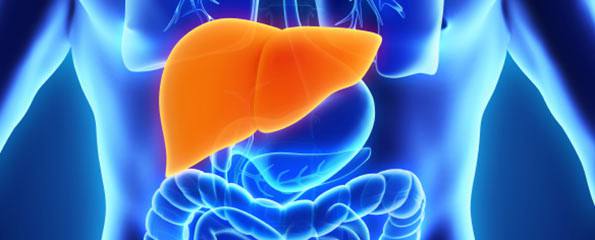Natural immunity may lead fight against liver disease
University of Adelaide researchers have uncovered the role played by a family of genes, which can suppress hepatitis C virus (HCV) infection within the liver.
The findings, published in the Journal of Biological Chemistry, shed light on the activity of these genes and how they produce a natural immune response to the virus.
HCV is a major health problem in Australia, with approximately 233,000 Australians having the disease that is transmitted through contaminated blood. Unchecked HCV infection can lead to chronic disease and liver cancer, and both diseases are increasing in frequency.
The researchers have shown for the first time that antiviral proteins (the IFITM proteins) produced through the natural immune response block the entry of the hepatitis C virus into the cell.
“We now have a good idea of what the IFITM proteins do in liver cells and how they act to suppress hepatitis C infection,” says Associate Professor Michael Beard, Head of the Viral Pathogenesis Laboratory in the University’s School of Biological Science.
“This improved understanding of the host response to HCV infection, and the HCV entry process, will provide new direction for the development of therapeutic treatments to either heighten this natural response, or generate mimics to target the virus specifically.”
The IFITM1, IFITM2 and IFITM3 proteins have been shown in laboratory settings previously to have anti-viral action against a number of different viruses, including HCV. But to date the actual role of the proteins in suppressing HCV infection has remained a mystery.
Associate Professor Beard and PhD student Sumudu Narayana studied the impact of the proteins on HCV infection in liver cells.
“Sumudu has shown that liver cells that express high levels of the IFITM proteins are resistant to infection with the hepatitis C virus by blocking entry of the virus into the cells,” Associate Professor Beard says.
“Our research team demonstrated specific interactions between the proteins and the HCV entry process within the cells. It appears that the proteins act together in a specific way to target the virus.
“This now points the way forward to develop ways of enhancing these mechanisms to prevent the virus from setting up infection.”
The research is a collaboration with the University of New South Wales and has been supported by the National Health and Medical Research Council.
(Source: The University of Adelaide)
Dates
Tags
Created by:

 Login
Login














